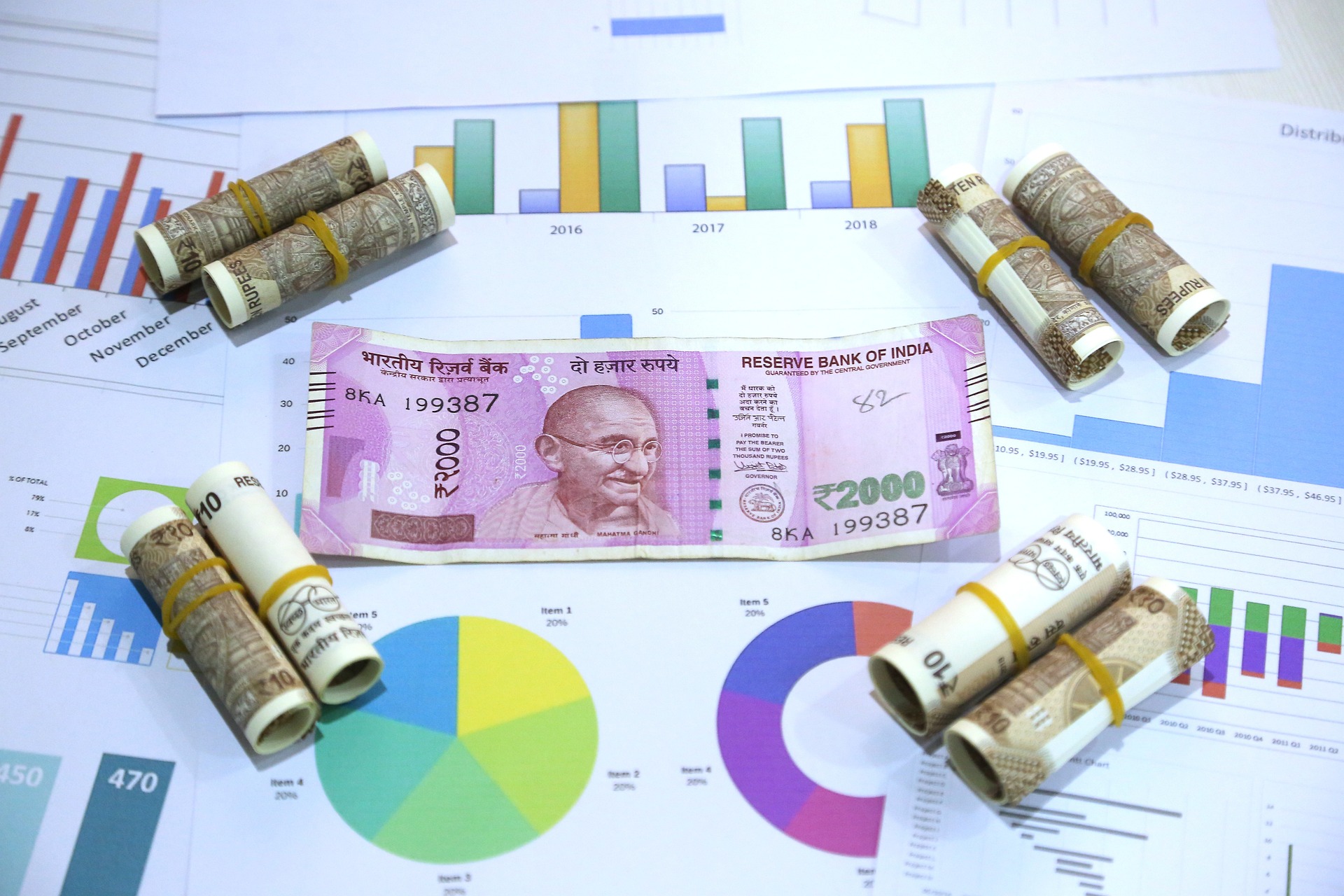The central bank said in a statement that it has already “advised banks to stop issuing ₹2,000-denomination banknotes with immediate effect”.

The first ₹2,000 notes were issued in November 2016, but the RBI in its Friday statement said it had stopped printing new ones in 2018-19. (Supplied)
The Reserve Bank of India (RBI) announced on Friday, 19 May, that it was withdrawing the ₹2,000 currency notes in circulation.
The central bank said in a statement that it has already “advised banks to stop issuing ₹2,000-denomination banknotes with immediate effect”.
This could be the next biggest move since the demonetisation of ₹1,000 and ₹500 currency notes in late 2016 to do away with black money.
The biggest criticism for ₹2,000 notes, which were issued in the aftermath of demonetisation, was that they would only add to the hoarding of currency notes
This was, after all, one of the very reasons the higher-denomination notes were demonetised in late 2016.
The first ₹2,000 notes were issued in November 2016, but the RBI in its Friday statement said it had stopped printing new ones in 2018-19.
“The objective of introducing ₹2,000 banknotes was met once banknotes in other denominations became available in adequate quantities,” it said.
₹2000 Denomination Banknotes – Withdrawal from Circulation; Will continue as Legal Tenderhttps://t.co/2jjqSeDkSk
— ReserveBankOfIndia (@RBI) May 19, 2023
The RBI, in its statement, noted: “About 89 percent of the ₹2,000-denomination banknotes were issued prior to March 2017 and are at the end of their estimated lifespan of four-five years.”
It added: “The total value of these [₹2,000] banknotes in circulation has declined from ₹6.73 lakh crore at its peak as on 31 March, 2018 (37.3 percent of notes in circulation), to ₹3.62 lakh crore, constituting only 10.8 percent of notes in circulation, on 31 March, 2023.
The central bank said it had also observed that this denomination was “not commonly used for transactions”.
It also noted that the stock of banknotes in other denominations “continues to be adequate to meet the currency requirement of the public”.
Thus, it said, it was withdrawing currency notes of this denomination.
Does this mean, like the 2016 demonetisation, that the notes may no longer be used in transactions?
It seems that will not be the case.
“The banknotes in ₹2,000 denomination will continue to be legal tender,” the RBI said in its statement.
The central bank also said members of the public were free to deposit ₹2,000 notes into their bank accounts “in the usual manner”.
It added that they could also exchange the notes for those of other denominations at any bank branch.
The RBI said the common individual could exchange ₹2,000 notes into those of other denominations up to a limit of ₹20,000 at a time at any bank from 23 May.
“The facility for exchange of ₹2,000 banknotes up to the limit of ₹20,000 at a time shall also be provided at the 19 Regional Offices (ROs) of RBI having Issue Departments from 23 May 23,” it said in its statement.
The central bank also said all banks would have to provide deposit and/or exchange facilities for ₹2,000 banknotes until 30 September.
This, it said, was meant to “complete the exercise in a time-bound manner and to provide adequate time” to the public.

Apr 23, 2024

Apr 21, 2024

Apr 21, 2024

Apr 16, 2024

Apr 16, 2024

Mar 04, 2024